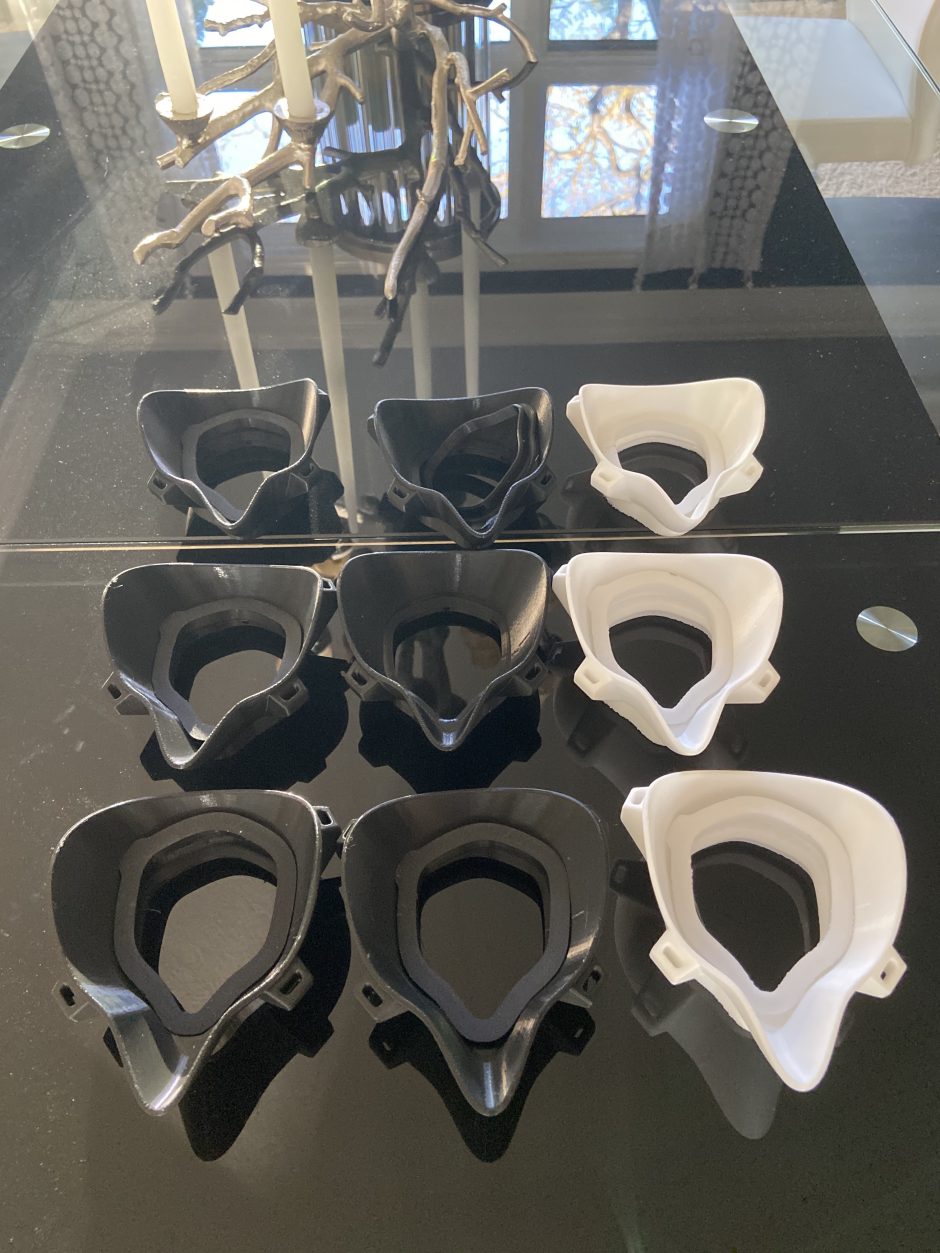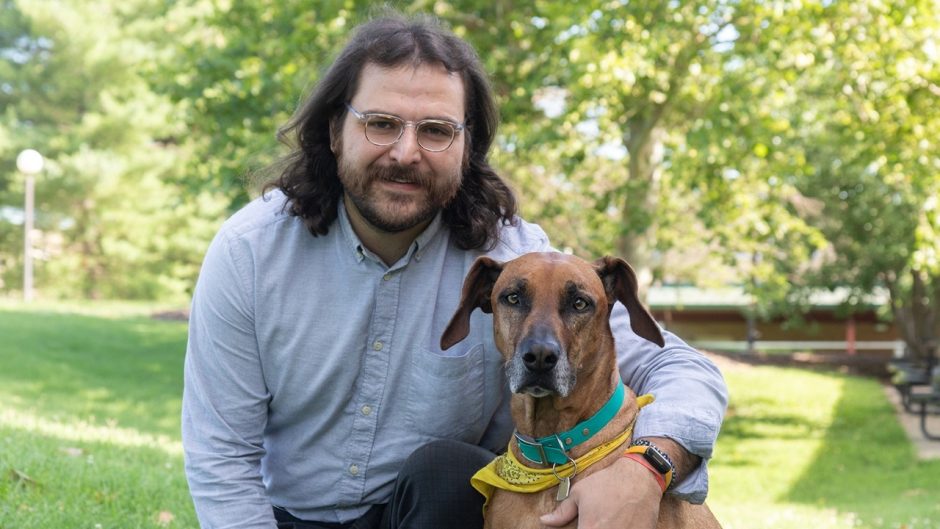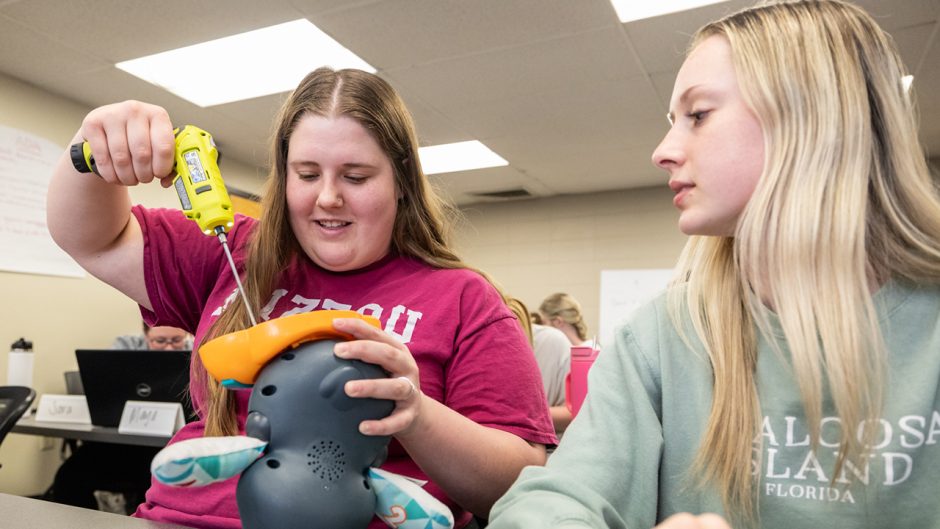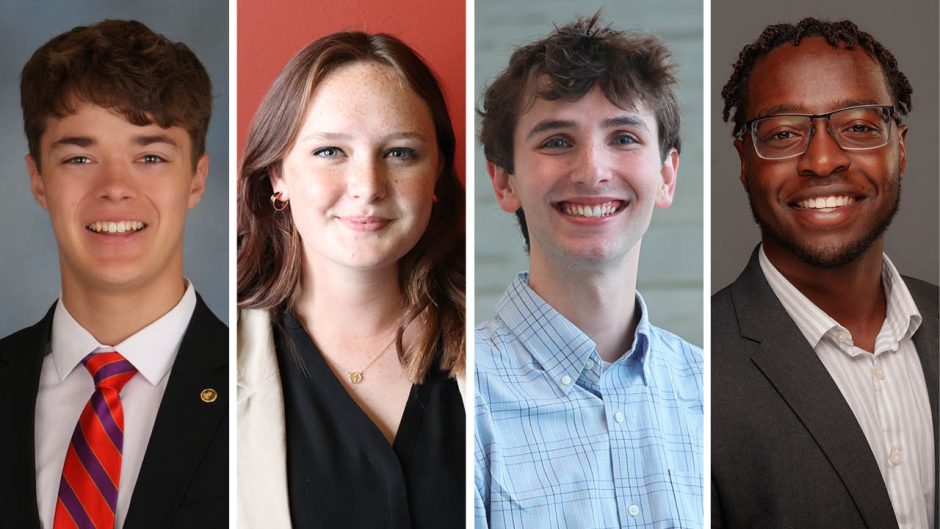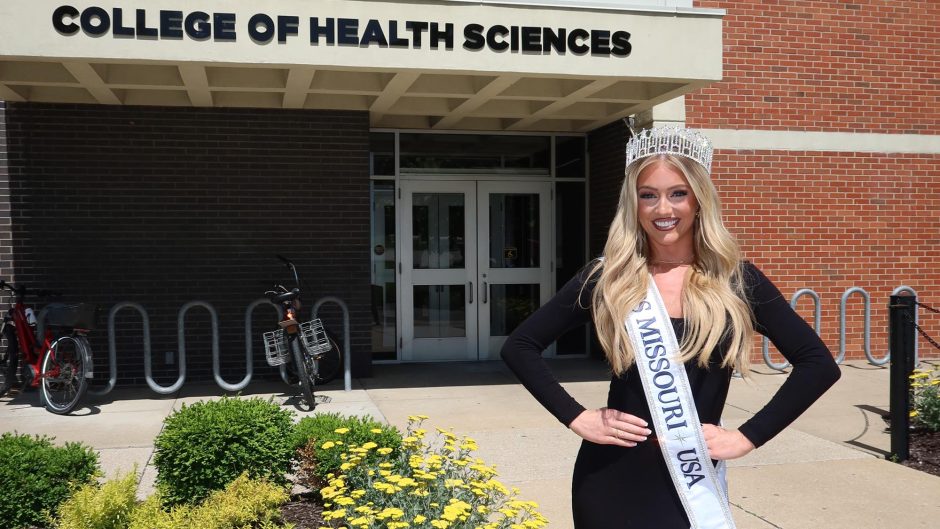July 9, 2020
Anshul Soni had never used a 3D printer before he used one to make N95 masks.
“It was actually a lot harder than I thought,” he said. “It took me three days to just configure everything, make sure everything was perfect and have the masks come out just right.”
The Mizzou sophomore was inspired in April to start printing masks by a Facebook group called “3D Printed Masks for Boliver.” The group banded together to print N95 protective masks, which were especially in demand due to COVID-19. They then donated the masks to Citizens Memorial Hospital, the local fire department, law enforcement and other emergency personnel in Southwest Missouri, near Soni’s hometown of Springfield.
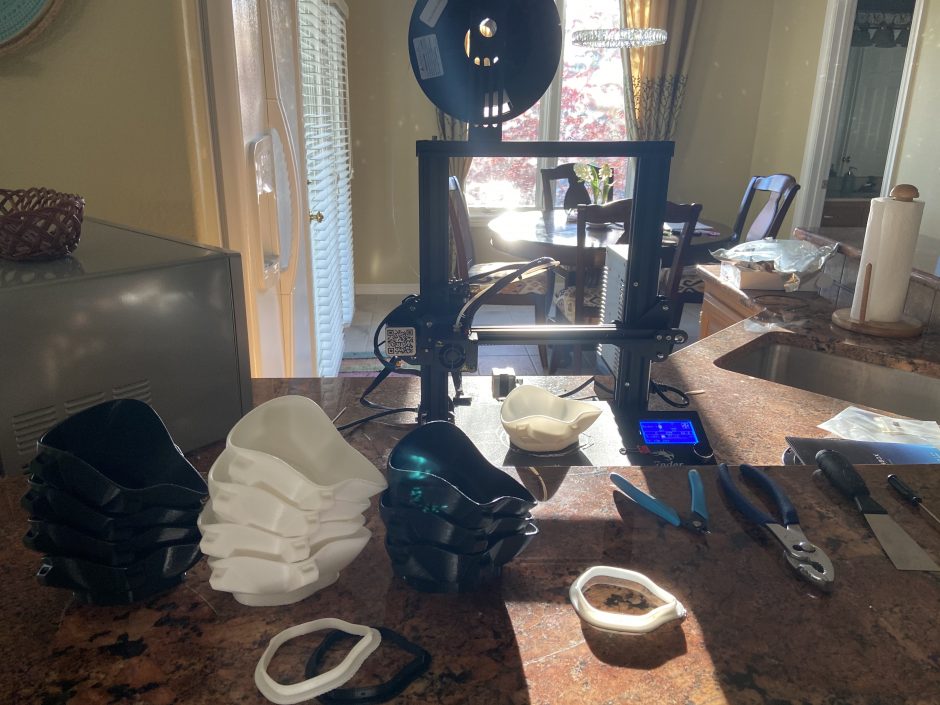
Soni used an Ender 3 3D printer to make the masks, along with the help of patterns and online tutorials.
“I thought why not buy a 3D printer and help out anyway I can while staying at home,” Soni said.
Soni made about 35 masks, part of the 800 masks the group donated. Using an Ender 3 3D printer, which was recommended by a member of the Facebook group, Soni printed the three pieces that make up the mask and then assembled them. He used patterns approved by Citizens Memorial Hospital and online tutorials, adjusting the printer until the masks came out perfectly. He often ran the printer all day.
“I really enjoyed designing and creating it, and having to tweak the printer to make the best quality mask,” he said.
The main piece of the mask took six to seven hours to print, while the smaller piece that connects the filter took one hour. The strap adjusters took about 20 minutes to print. Soni said he made two to three masks a day.
“I had to plan my day and have a routine for when I was going to print to have maximum efficency, so I always made sure to print the biggest piece before I went to bed so it was ready when I woke up,” Soni said.
Mizzou Made, Outside the Classroom
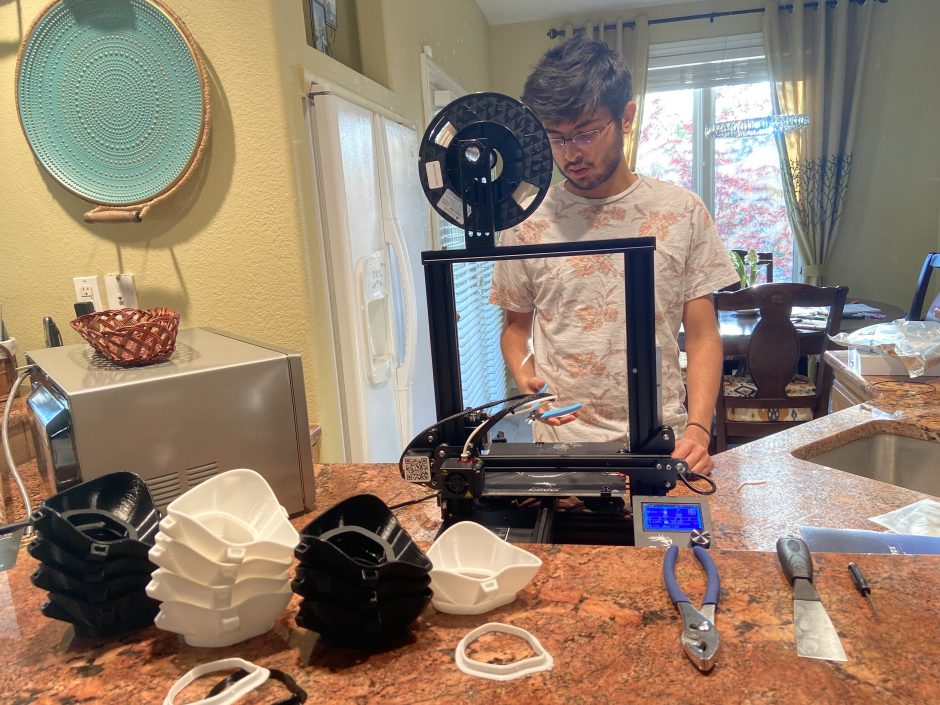
Soni used a 3D printer to create N95 masks to donate to the local hospital and emergency personnel in Southwest Missouri.
For Soni, a health sciences major, his coursework often focuses on biology, chemistry and genetics. Helping a hospital allowed him to get more hands on experience.
“I hope to get into med school and become a physician,” he said. “That’s why this was an interesting project, because this is closely related to my goals and aspirations.”
Soni said his Mizzou education helped him with the face mask project.
“For this project, I had to learn on my own, and I think that’s one of the things that Mizzou really teaches,” Soni said. “That came in really handy, trying to go on the internet, find a bunch of tutorials, and find the right way to set up the 3D printer.”
Soni, a second-generation Mizzou student, grew up in Columbia. When he was 2, his family moved to Missouri from India so his father could study at MU. They lived there until Soni was 12 when the family moved to Springfield.
“When I finished high school, I decided to go back because my dad went there, and Columbia is just my favorite place; it’s home to me,” he said. “I love Mizzou and so does he, and he was just really proud of everything I was doing.”
In addition to learning the ins and outs of 3D printing, Soni enjoyed connecting with the community from home.
“It’s really nice to see the community coming together in times of crisis like this,” he said.

